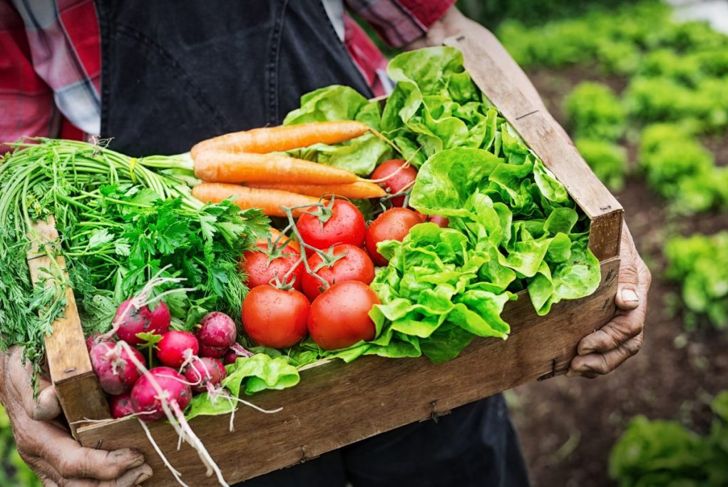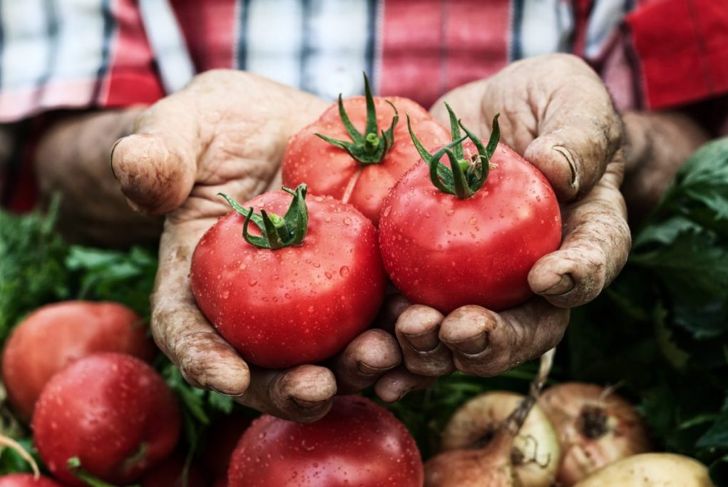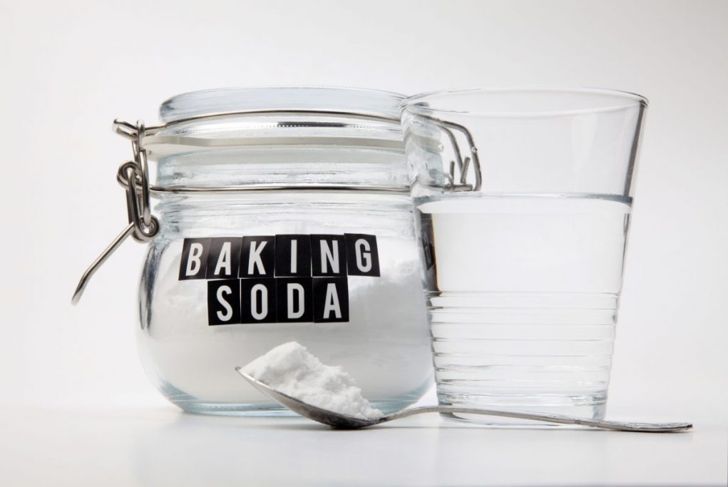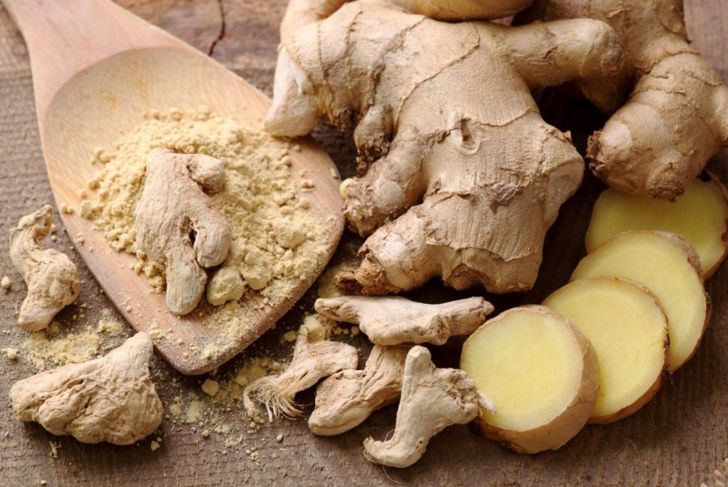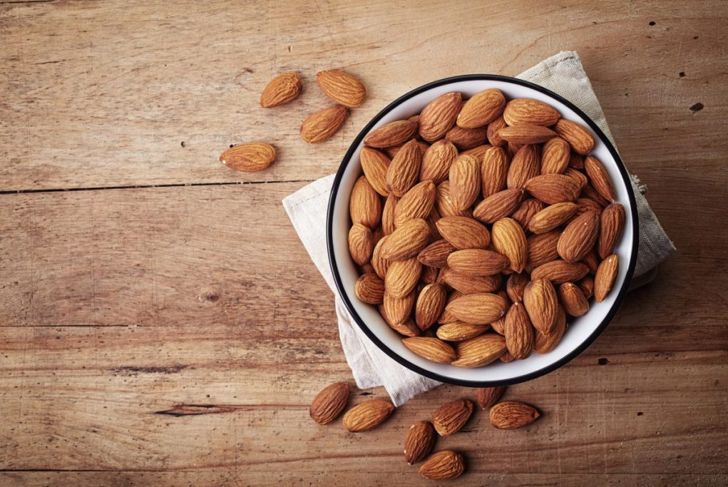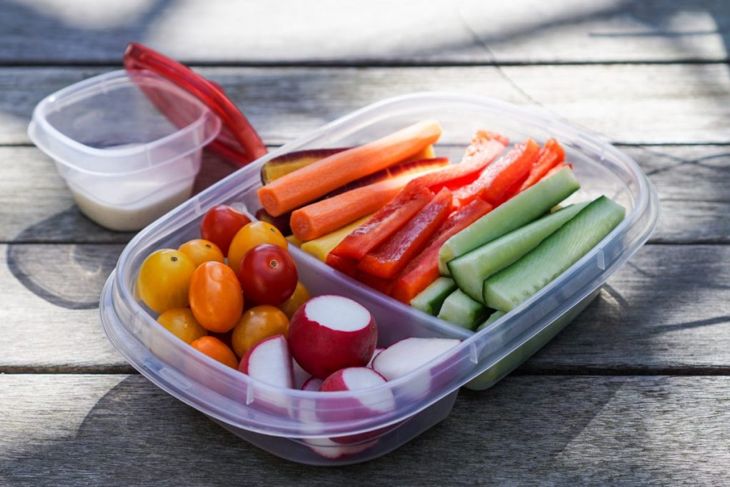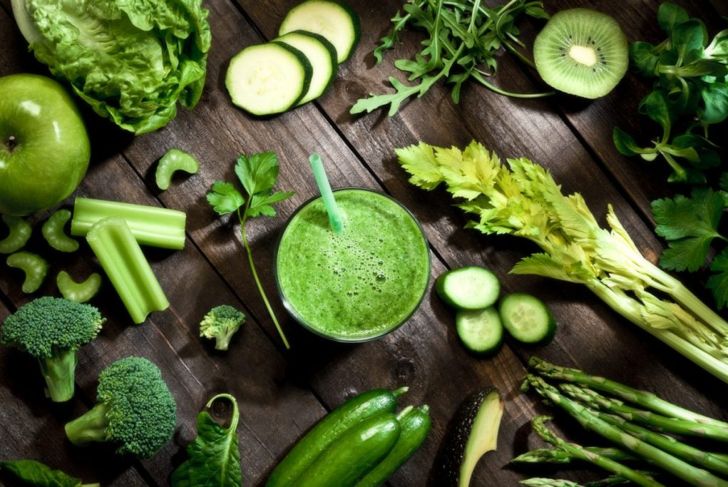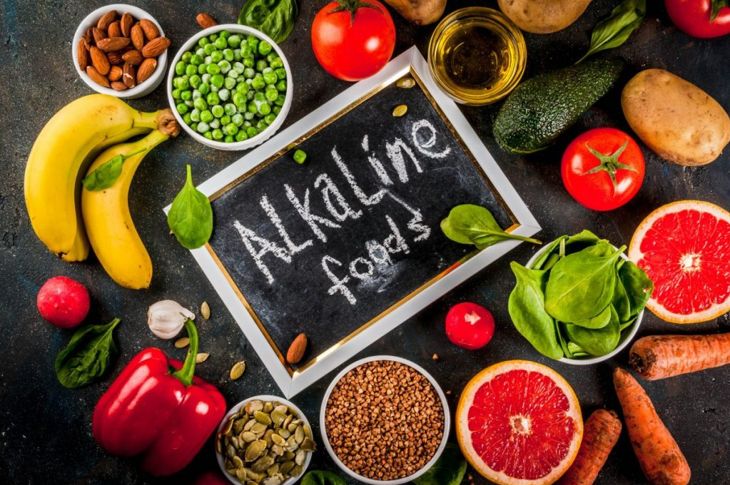Beginning an alkaline diet may be difficult at first, but this method of eating can improve nutrient deficiencies, decrease pain, and improve heart health. The alkaline diet helps balance the blood pH levels, making them more alkaline than acidic. This diet is meant to lower the number of acidic foods you eat by offering alternatives that are healthier. Some healthcare professionals believe when the body’s pH balance is off, there is a higher chance of getting sick. There are many tips that can help you get started on the alkaline diet.
Buy Organic
When you are on an alkaline diet, it is important to know where your food grows. The soil in which fruits and vegetables are grown makes a difference in the alkalinity of foods. If you buy organic, the package should tell you where the food comes from, soil types, and more. The vitamin and mineral content of the food tends to be higher when farmers go organic.
Eat More Vegetables and Fruit
Fruit and vegetables are a key component in the alkaline diet, as they have the correct pH level. Fruits that are good for an alkaline diet include raisins, dates, bananas, figs, and watermelon. Many vegetables are great for people who choose an alkaline diet as well, such as fresh mushrooms, cucumber, tomatoes, broccoli, cabbage, celery, beets, and jicama. When choosing fresh fruits and vegetables, it is best to pick organic.
Drink Alkaline Water
Alkaline water differs from regular tap water — it has a higher pH level your body needs when on an alkaline diet. Regular tap water or purified water has a lower pH level. If you don’t have alkaline water in stores around you, adding a small amount of baking soda, lemon, lime, or pH drops to your water will raise the pH level to the alkaline side of the scale.
Add Herbs and Spices
Some herbs and spices can help to change the pH level in your body to the alkaline side. Ginger, cinnamon, curry powder, mustard seed, and chili pepper have the highest alkalinity of the spices. When preparing meals, add some of these spices to your meal for an alkalinity boost. Lots of herbs and spices have other nutritional benefits, but these are the ones that will help to change your pH level.
Eat Plant-Based Protein
If you try an alkaline diet, it is best to stay away from animal proteins such as beef, pork, and chicken. Other options for protein will give you the alkalinity needed for your diet. Some of these foods include almonds, navy beans, lima beans, and most other types of beans. There are a lot of recipes out there that include these plant-based proteins that will ensure you won’t miss your meat. On an alkaline diet, you may eat one serving of animal protein daily to keep a proper balance of vitamins and minerals in your body.
Eat Raw Foods
You lose vitamins and minerals if you cook vegetables. When you are on an alkaline diet, the best thing to do is to eat vegetables in their natural, raw form. If you choose to cook vegetables, the best way is to steam them for a short period. Steaming vegetables allows the majority of the minerals and vitamins to remain inside the vegetable.
Drink Green Drinks
Green drinks come from green vegetables and things like wheatgrass and bean sprouts. They are available in powder form at health food stores, or you can make your own by blending fresh vegetables in a blender. There are many recipes available online to find your favorite or mix up your options. Fresh vegetables contain chlorophyll, which can help to raise the alkalinity of your blood and change your body’s pH level.
Foods to Avoid
With the alkaline diet, there are quite a few foods you should avoid. These foods are highly acidic and are considered to be unhealthy for someone who is trying to change their pH level. These foods include packaged and processed foods with a high amount of sodium, eggs, cereal, any grains or oats, pasta, and bread. Specifically, your nutritionist may suggest you avoid fish, sugar, some dairy products, protein supplements, and grains in general.
Drinks to Avoid
There are a lot of drinks you wouldn’t think would cause a pH imbalance. Milk, for example, is highly acidic. Research has shown that drinking too much milk can contribute to osteoporosis because of the high acidity in it. Also avoid caffeinated beverages such as tea, soda, and energy drinks. If you choose to try an alkaline diet, steer clear of alcoholic beverages, as they are also highly acidic.
Meal Ideas
There are many alkaline-friendly recipes available for breakfast, lunch, and dinner. A non-dairy apple parfait is a popular meal for breakfast when on an alkaline diet. Lunch may include a leafy green salad with a green goddess dressing or one made from avocado and cumin. Dinner might consist of a kale pesto pasta made with zucchini noodles or an onion and bell pepper masala. There are plenty of recipes available online when you are starting out on the alkaline diet. If you choose to try this diet, you may also speak with your doctor or a dietician for help with meal ideas and for a list of foods to avoid.

 Home
Home Health
Health Diet & Nutrition
Diet & Nutrition Living Well
Living Well More
More